
CURATOR’s EYE
3 minutes Art -Hugo Sandoval-
Follow TRiCERA on Instagram and check out our creative artists
5%OFF & free shipping 1st purchase
FIRSTART5
10%OFF 2nd purchase after 1st purchase!
Welcome to TRiCERA
Hi there! We are pleased to have you here 🎉
Could you please describe yourself?
Guest
Ichijanlou was born in the 20th century in contemporary art and continues to create new artists.
Pop art has undergone significant changes even in its shallow history.
This section describes 10 of the most notable leading figures of Pop Art and even Japanese artists who have inherited its spirit and are trying to renew it.
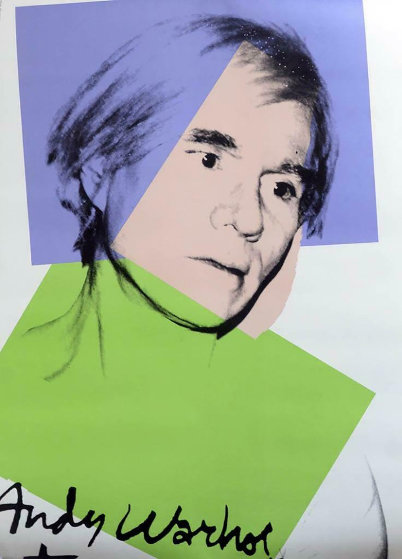
Andy Warhol is the undisputed leading figure of Pop Art.
Warhol, who painted several Campbell's Soup cans, was an illustrator in his youth, but switched from illustration to fine art when he was 32 years old.
He sublimated aspects of 20th century Western society, which had realized mass production and mass consumption, into artworks in a form that could be mass-produced. He is famous for his works using familiar Campbell's soup cans and dollar bills as motifs.
Although artists such as Roy Lichtenstein were active before he entered the world of fine art, Warhol, who became a representative artist of Pop Art, maintained a distinct position from other artists by using various means of expression such as silkscreening and music videos. (1) Jasper Johns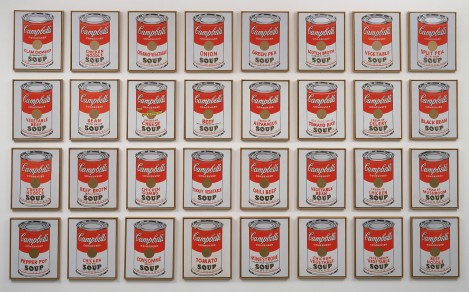
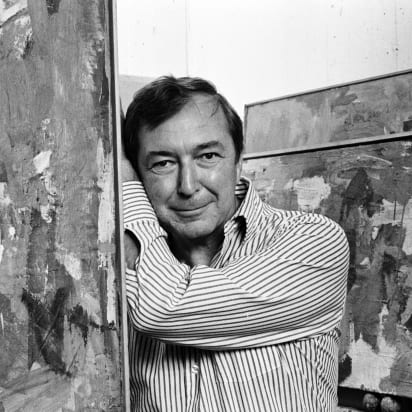
Along with Robert Rauschenberg, he was a pioneer of neo-Dada and Pop Art. He is best known for his "paintings" of dart targets, maps of the 50 states of the U.S., numbers and letters.
Rather than the traditional painting that "re-presented" three-dimensional space on a two-dimensional plane, he created a pictorial image that had its own independent authority as a "thing" in its own right.
He used a technique called "encaustic. Encaustic is an ancient painting technique in which colored beeswax is melted and applied to the painting. It is characterized by its translucent colors and extremely high preservation properties, and this technique was also used for the mummy portraits.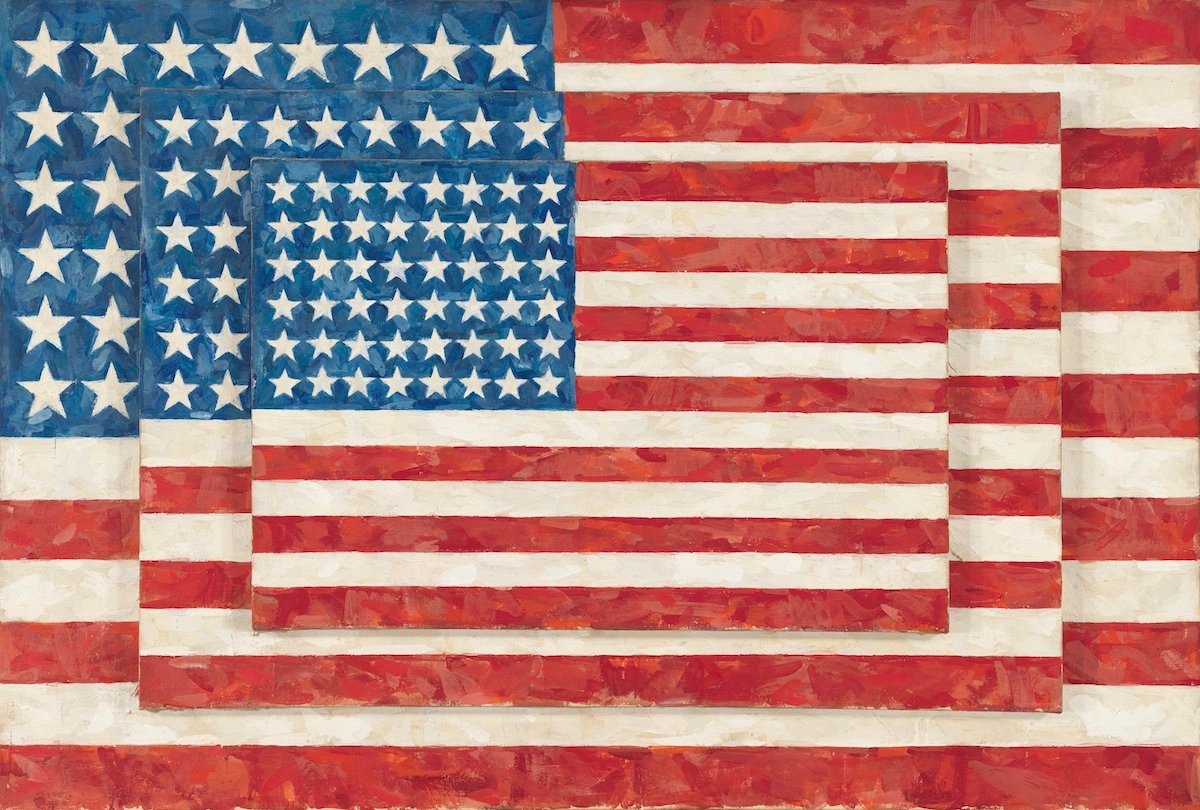
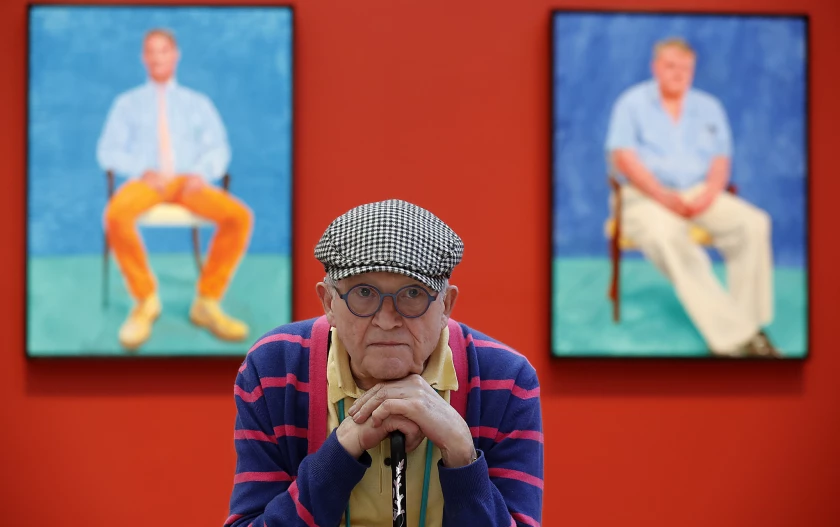
David Hockney is an artist born in Bradford, England in 1937.
In his 60-year career as an artist, he has consistently focused on figurative painting, and is especially known for his works featuring swimming pools.
He has always been proactive in adopting new media, such as utilizing the iPad to create his paintings. He also has a strong appeal in his unconventional stance, such as announcing in his teens that he was gay at a time when there was little understanding of sexual minorities, unlike today, and expressing his homosexuality openly in his artwork.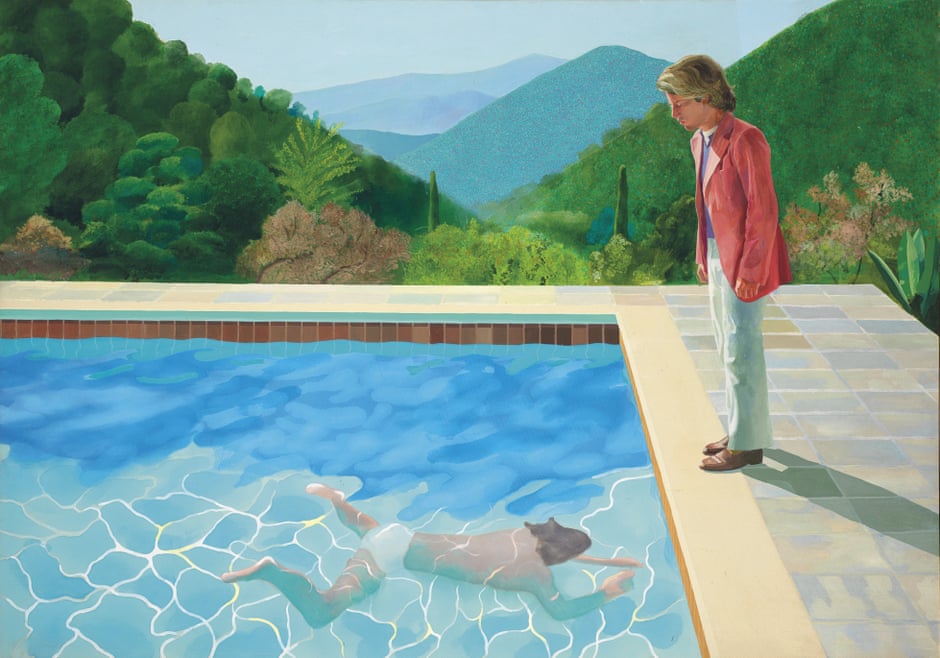
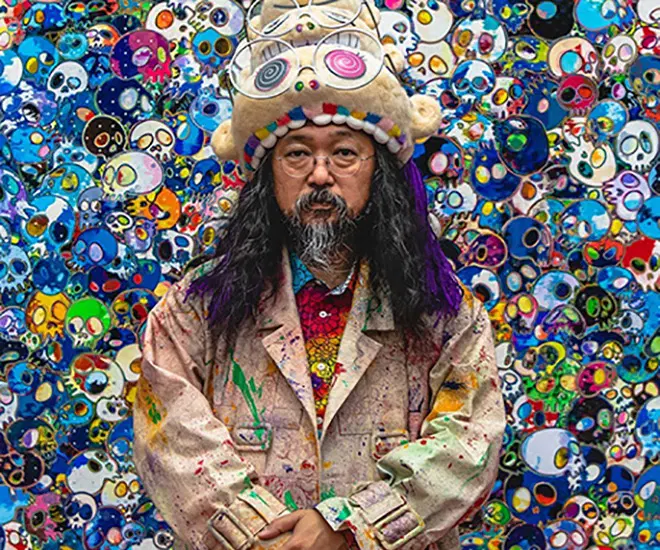
Takashi Murakami is one of the world's leading pop art artists.
He is the originator of the "superflat" theory and its representative artist.
He is an artist, curator, collector, film director, and founder of Kaikai Kiki Ltd. His collaborations with Louis Vuitton and musician Billy Irish, as well as other activities that deviate from the realm of fine art, continue to attract a great deal of attention.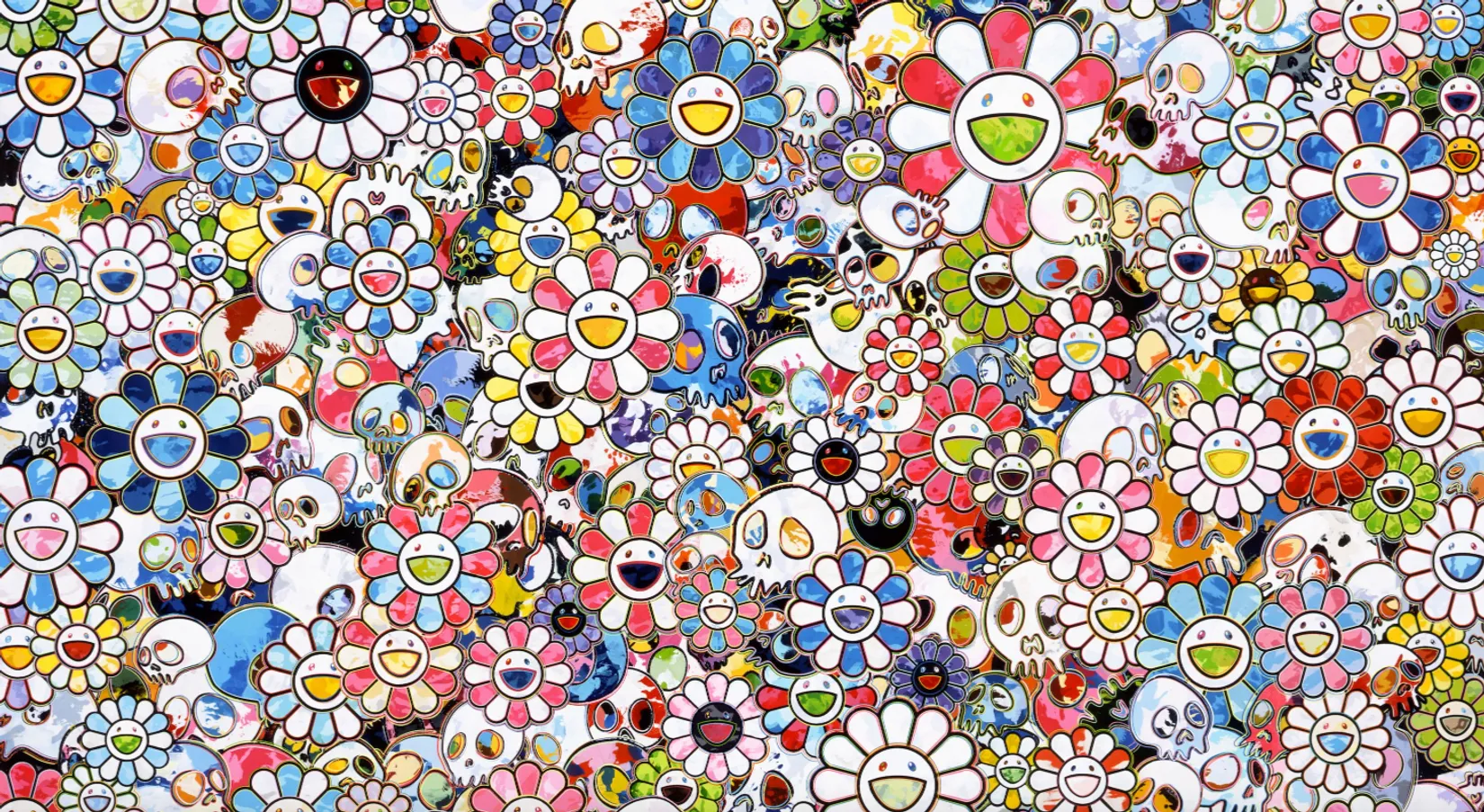

Born in Akita Prefecture in 1963. He has been pursuing various art projects based on the theme of the relationship between art and society and between art and education. After studying abroad in Korea, he began working energetically in the early 1990s, starting with the "Nakamura and Murakami Exhibition" in 1992, and has since developed street exhibitions such as "The Gimbrato" and "Shinjuku Shonen Art.
His works attempting to connect art and society include "QSC+mV / V.V." (2001), which used the M sign of the Ronald McDonald Company, and "Akihabara TV" (1999-2002), an exhibition that jacked up approximately 1000 TV monitors in Akihabara's Electric Town.
In 2010, he established the art center "3331 Arts Chiyoda" (Tokyo). He currently teaches at Tokyo University of the Arts and continues to be active in organizing the "Tokyo Biennale" and other activities.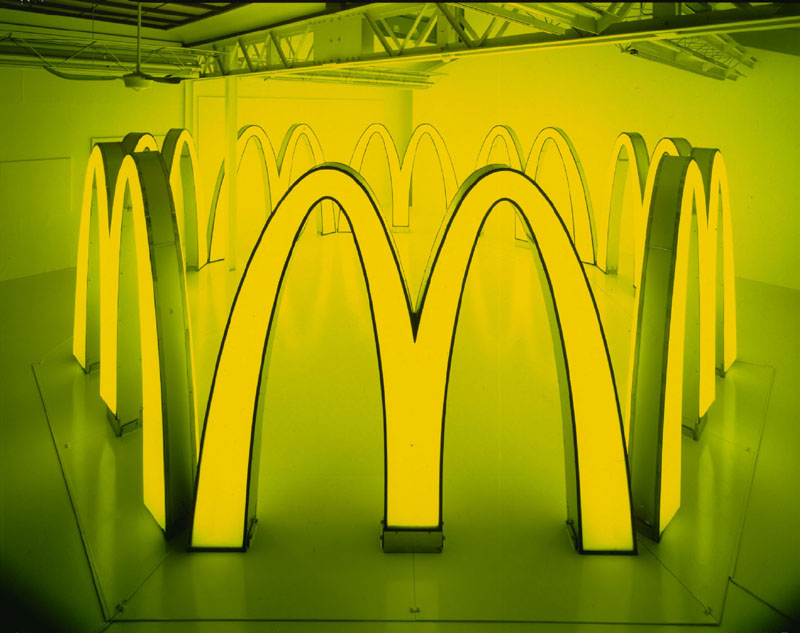
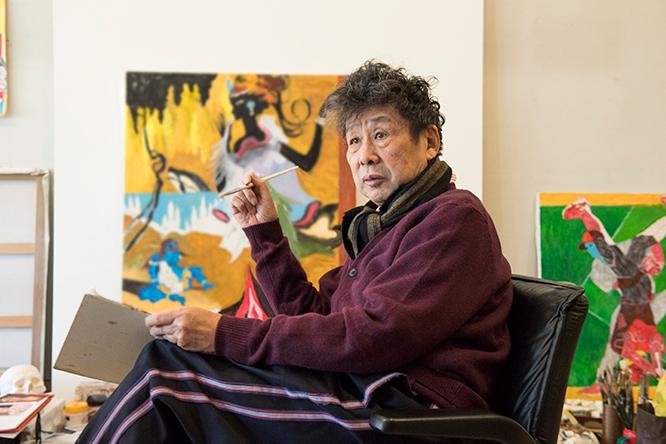
Born in Nishiwaki City, Hyogo Prefecture, Yokoo lived in Nishiwaki until the age of 20. He experienced various supernatural phenomena in Nishiwaki during his childhood.
After his devotion to the occult and mysticism, he turned around and declared himself a painter with the slogan "Liberation from Ego." His works depicting Y-junctions and creating posters for underground plays have made him popular among his enthusiastic fans.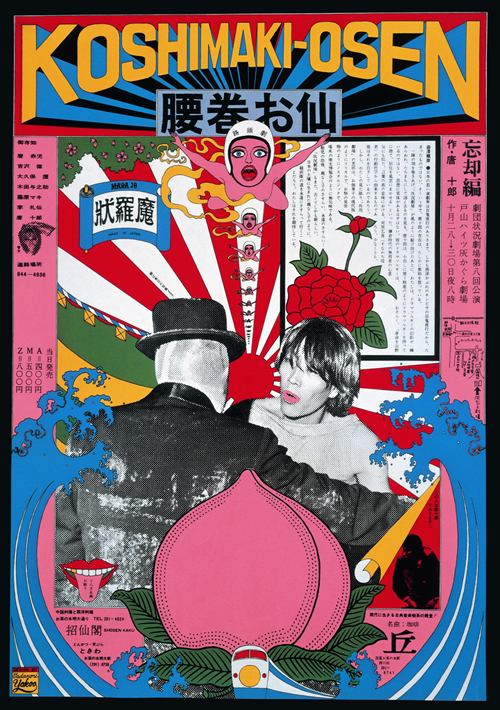
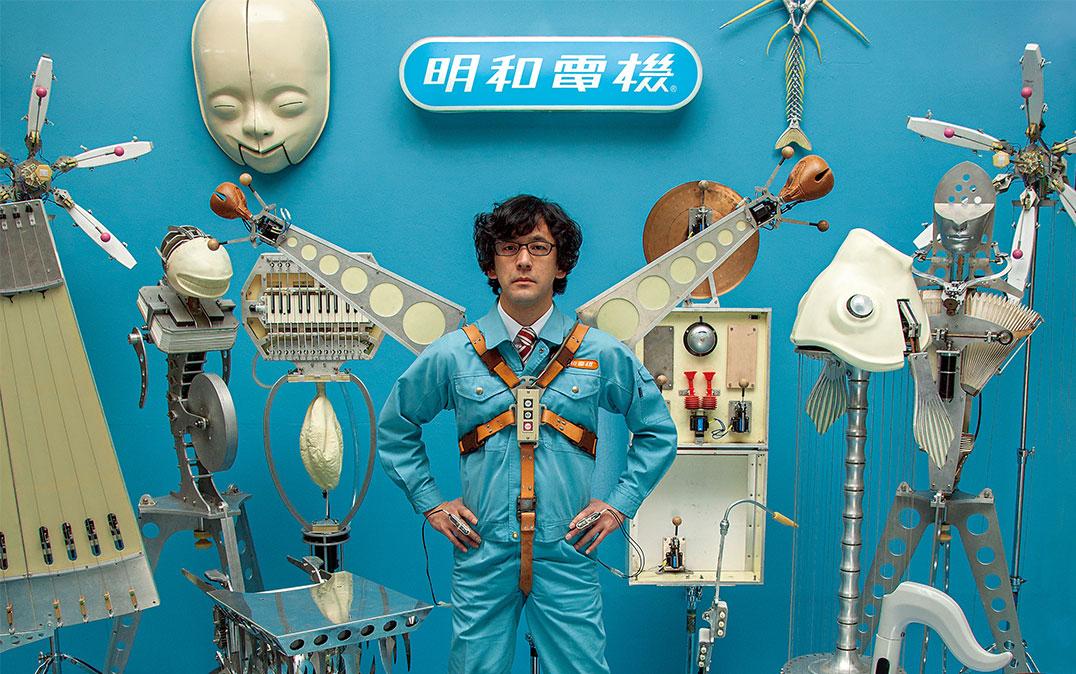
Maywa Denki is not just a local electronics store. It is an artistic unit produced by Nobumichi Tosa.
Wearing blue work clothes and calling their works "products" and their live performances "product demonstrations" in the style of small and medium-sized companies that supported Japan's rapid economic growth, they have developed various nonsense machines and presented them at live performances and exhibitions, not only in Japan but also widely overseas. He also develops products such as "Otamatone," an electronic musical instrument in the shape of a musical note. The Otamatone has been a hit product, selling over 1 million units in total (as of January 2022).
The company will celebrate the 30th anniversary of its debut in 2023.
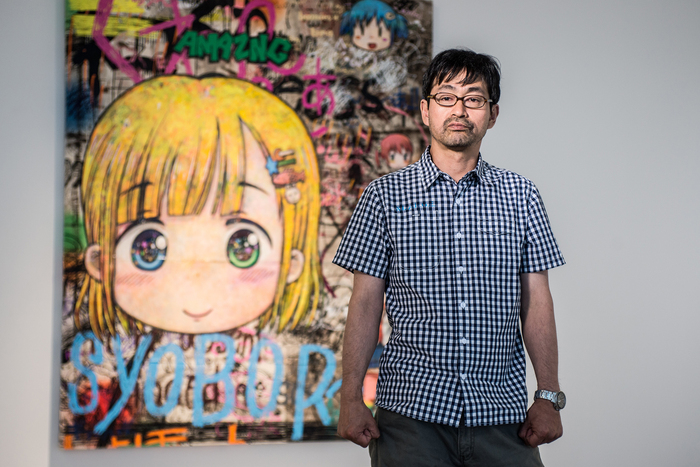
Known for his paintings featuring "cute" girls deformed in an anime style against the backdrop of Japanese residential areas.
He has worked for many years as an apprentice of Murakami at Kaikai Kiki Gallery, which is run by Takashi Murakami. He has held solo exhibitions in New York and Paris, and is internationally acclaimed.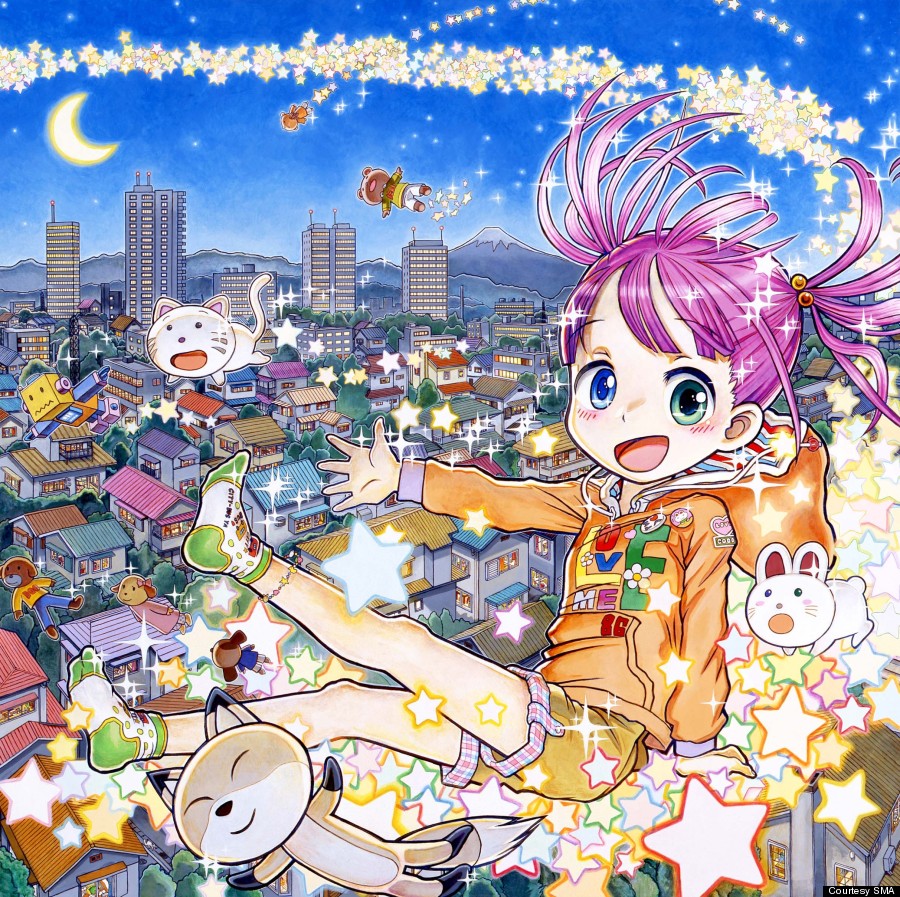
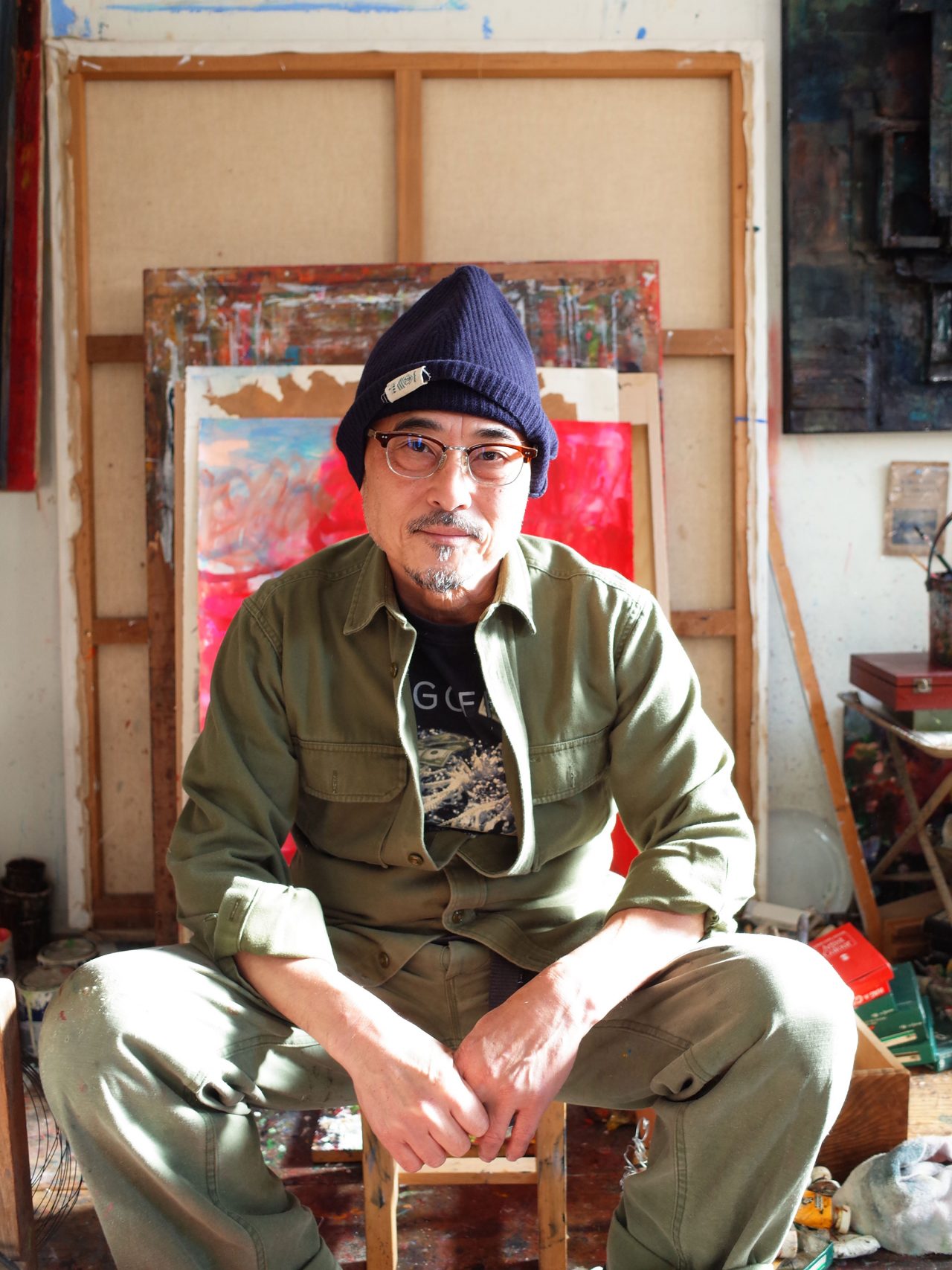
Shinro Ohtake is an artist who has developed a wide variety of expressions, mainly painting, but also incorporating sound, photography, and video into his three-dimensional works. In 1988, he moved to Uwajima, Ehime Prefecture. In 1988, he moved to Uwajima, Ehime Prefecture, where he continues to base himself.
He continues to practice art that is completely unrestrained by conventional forms, such as the "I♥yu" public bathhouse in Naoshima.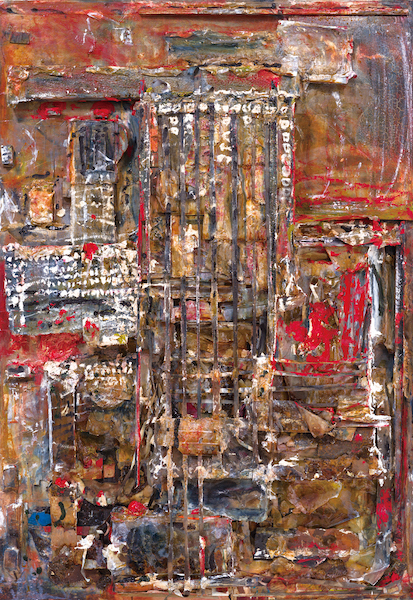
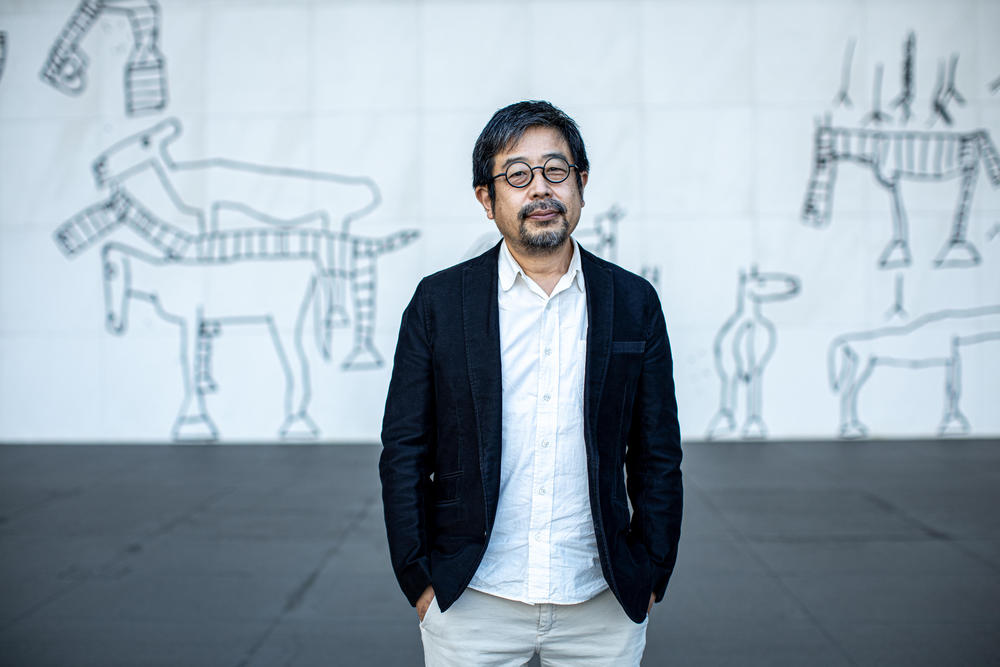
His "Eggplant Gallery" series, which uses a milk carton as the world's smallest white cube, and the "Vegetable Weapon" series, in which he makes firearms out of various vegetables, takes portraits of women holding them, and then eats the firearms. He has also created works that combine criticism and humor, such as the "Returned" series, which uses Hideyo Noguchi, a bacteriologist, and Tsuguharu Fujita, a painter who was at the mercy of the times as a "war painter," as models to represent in paintings and videos a story that mixes historical fact and fiction.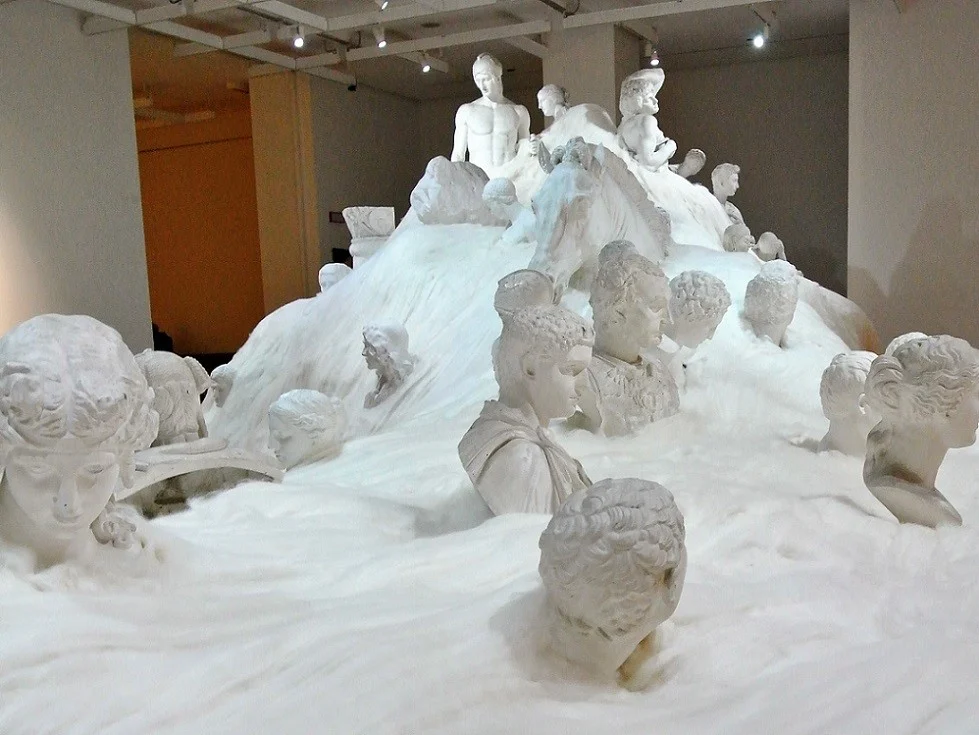

Writer
TRiCERA ART
Ichijanlou was born in the 20th century in contemporary art and continues to create new artists.
Pop art has undergone significant changes even in its shallow history.
This section describes 10 of the most notable leading figures of Pop Art and even Japanese artists who have inherited its spirit and are trying to renew it.

Andy Warhol is the undisputed leading figure of Pop Art.
Warhol, who painted several Campbell's Soup cans, was an illustrator in his youth, but switched from illustration to fine art when he was 32 years old.
He sublimated aspects of 20th century Western society, which had realized mass production and mass consumption, into artworks in a form that could be mass-produced. He is famous for his works using familiar Campbell's soup cans and dollar bills as motifs.
Although artists such as Roy Lichtenstein were active before he entered the world of fine art, Warhol, who became a representative artist of Pop Art, maintained a distinct position from other artists by using various means of expression such as silkscreening and music videos. (1) Jasper Johns

Along with Robert Rauschenberg, he was a pioneer of neo-Dada and Pop Art. He is best known for his "paintings" of dart targets, maps of the 50 states of the U.S., numbers and letters.
Rather than the traditional painting that "re-presented" three-dimensional space on a two-dimensional plane, he created a pictorial image that had its own independent authority as a "thing" in its own right.
He used a technique called "encaustic. Encaustic is an ancient painting technique in which colored beeswax is melted and applied to the painting. It is characterized by its translucent colors and extremely high preservation properties, and this technique was also used for the mummy portraits.

David Hockney is an artist born in Bradford, England in 1937.
In his 60-year career as an artist, he has consistently focused on figurative painting, and is especially known for his works featuring swimming pools.
He has always been proactive in adopting new media, such as utilizing the iPad to create his paintings. He also has a strong appeal in his unconventional stance, such as announcing in his teens that he was gay at a time when there was little understanding of sexual minorities, unlike today, and expressing his homosexuality openly in his artwork.

Takashi Murakami is one of the world's leading pop art artists.
He is the originator of the "superflat" theory and its representative artist.
He is an artist, curator, collector, film director, and founder of Kaikai Kiki Ltd. His collaborations with Louis Vuitton and musician Billy Irish, as well as other activities that deviate from the realm of fine art, continue to attract a great deal of attention.

Born in Akita Prefecture in 1963. He has been pursuing various art projects based on the theme of the relationship between art and society and between art and education. After studying abroad in Korea, he began working energetically in the early 1990s, starting with the "Nakamura and Murakami Exhibition" in 1992, and has since developed street exhibitions such as "The Gimbrato" and "Shinjuku Shonen Art.
His works attempting to connect art and society include "QSC+mV / V.V." (2001), which used the M sign of the Ronald McDonald Company, and "Akihabara TV" (1999-2002), an exhibition that jacked up approximately 1000 TV monitors in Akihabara's Electric Town.
In 2010, he established the art center "3331 Arts Chiyoda" (Tokyo). He currently teaches at Tokyo University of the Arts and continues to be active in organizing the "Tokyo Biennale" and other activities.

Born in Nishiwaki City, Hyogo Prefecture, Yokoo lived in Nishiwaki until the age of 20. He experienced various supernatural phenomena in Nishiwaki during his childhood.
After his devotion to the occult and mysticism, he turned around and declared himself a painter with the slogan "Liberation from Ego." His works depicting Y-junctions and creating posters for underground plays have made him popular among his enthusiastic fans.

Maywa Denki is not just a local electronics store. It is an artistic unit produced by Nobumichi Tosa.
Wearing blue work clothes and calling their works "products" and their live performances "product demonstrations" in the style of small and medium-sized companies that supported Japan's rapid economic growth, they have developed various nonsense machines and presented them at live performances and exhibitions, not only in Japan but also widely overseas. He also develops products such as "Otamatone," an electronic musical instrument in the shape of a musical note. The Otamatone has been a hit product, selling over 1 million units in total (as of January 2022).
The company will celebrate the 30th anniversary of its debut in 2023.

Known for his paintings featuring "cute" girls deformed in an anime style against the backdrop of Japanese residential areas.
He has worked for many years as an apprentice of Murakami at Kaikai Kiki Gallery, which is run by Takashi Murakami. He has held solo exhibitions in New York and Paris, and is internationally acclaimed.

Shinro Ohtake is an artist who has developed a wide variety of expressions, mainly painting, but also incorporating sound, photography, and video into his three-dimensional works. In 1988, he moved to Uwajima, Ehime Prefecture. In 1988, he moved to Uwajima, Ehime Prefecture, where he continues to base himself.
He continues to practice art that is completely unrestrained by conventional forms, such as the "I♥yu" public bathhouse in Naoshima.

His "Eggplant Gallery" series, which uses a milk carton as the world's smallest white cube, and the "Vegetable Weapon" series, in which he makes firearms out of various vegetables, takes portraits of women holding them, and then eats the firearms. He has also created works that combine criticism and humor, such as the "Returned" series, which uses Hideyo Noguchi, a bacteriologist, and Tsuguharu Fujita, a painter who was at the mercy of the times as a "war painter," as models to represent in paintings and videos a story that mixes historical fact and fiction.

Writer
TRiCERA ART